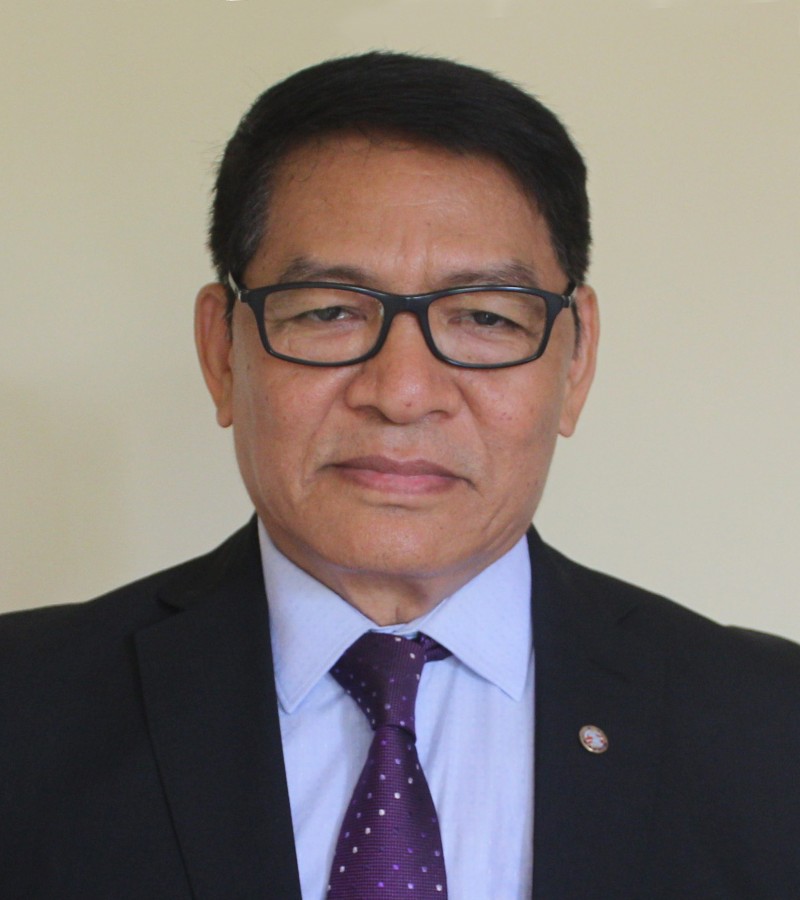Editorial
Social Media as Tool to Evangelize the Youth
Opinion | Editorial | John S. Shilshi | 07-Nov-2022

With Social Media having deeply entrenched into people’s lives, particularly amongst the younger generation, there appears to be a serious contemplation on how the medium could best be put to use, by the Catholic Church. Top Vatican Cardinal Luis Antonio Tagle, the Emissary of Pope Francis, in the recently concluded Federation of Asian Bishops’ Conferences (FABC) in Bangkok, had expressed this intention in no uncertain terms. Addressing the participants, Cardinal Tagle hinted on the need to consider using Social Media meaningfully to bring the youth closer to Christ- in other words, the evangelization of the young.
Cardinal Tagle, who is also the Pro-Prefect of the Vatican’s Dicastery for Evangelization said, “The Church in Asia needs to respond to the changing landscape of social media and Artificial Intelligence to evangelize young people and communities… Social media has changed the self-identity of youth, their feelings of belonging and empathy for others… Social media is not only a means of being connected to one another, but a powerful tool for creating a new humanity. The speed and limits of social media impact the ability of young people to infer, critically analyze, and empathize”, he elaborated. He was also candid in pointing out how the youth have already populated the World Wide Web, just as our forbearers braved the seas and conquered mountains to explore and discover new habitats. “Jesus”, he said “is already on the web”.
These strong words in favour of Social Media-driven evangelization to Asian Bishops of 29 nations must be read as the way the Catholic hierarchy in Rome thinks, particularly on the issue of ‘winning over the youth’. Also given the position that Cardinal Luis Antonio Tagle holds at present, it may well be presumed that the Church indeed is already thinking of moving along with time, which is a welcome move. It is refreshing and encouraging to note that a Church, generally known for its strong dogmatic inclination and nursing a mindset of ‘simple living, high thinking’, is showing signs of a paradigm shift to be in sync with the changing times.
It needs mentioning that the world over, reluctance of the youth to come to Christ is more than palpable, while a number of young and educated individuals drifting away from the Church is also increasing. Considering this situation, the Cardinal’s view on reaching out to them through social media must not be brushed aside as wishful thinking. It is grounded on a youth-preference pattern, firmly supported by credible data. The medium being powerful, vibrant, infectious and addictive with tremendous reach, undoubtedly is the preferred channel of human interaction and sharing, which could be meaningfully tapped. Youngsters in the age group of 25-34 years are said to have accounted for 31.5% of Facebook users, while Instagram users in the same age bracket is 31.1%, according to a recent survey conducted by Sproutsocial.com. The same study also says that they constitute 42% of Twitter users as well. Therefore, the appeal that social media command on the youth is well established and the potential to use the same as an effective tool to attract the young people towards Catholicism needs no elaboration.
However, in order to tap the potential to good use, there is a need to ensure that young users are drawn into appealing modules of communications, designed to serve niche-specific interests of young Catholics. While there cannot be a one-size-fits-all module for the Catholic world, the modules designed must be mindful of the diverse interests of people in countries and regions to be able to harvest the greatest number. Failure to recognize this requirement may defeat the much intended purpose, as negatives associated with social media platforms could well get the better of the noble intention. Besides, it would be necessary to ensure user-discipline with strong admin-monitoring system, so that such a campaign does not prove to be convenient channels for proliferation of fake news through random sharing of unverified information, videos and audios.
Last but not least, nodal clergies need to be carefully picked from amongst those who are tech-savvy, with basic knowledge on cyber-crime related rules and regulations. The pastoral leadership for evangelization through social media must be also adequately sensitized to ensure an effective filtering mechanism to check unsolicited social media material going viral, which could not only leave authorities red-faced, but also be interpreted through the prism of religion politics. One wishes the Church in Asia ‘all the very best’, that through this effort, the harvest proves to be aplenty.
Leave a comment
